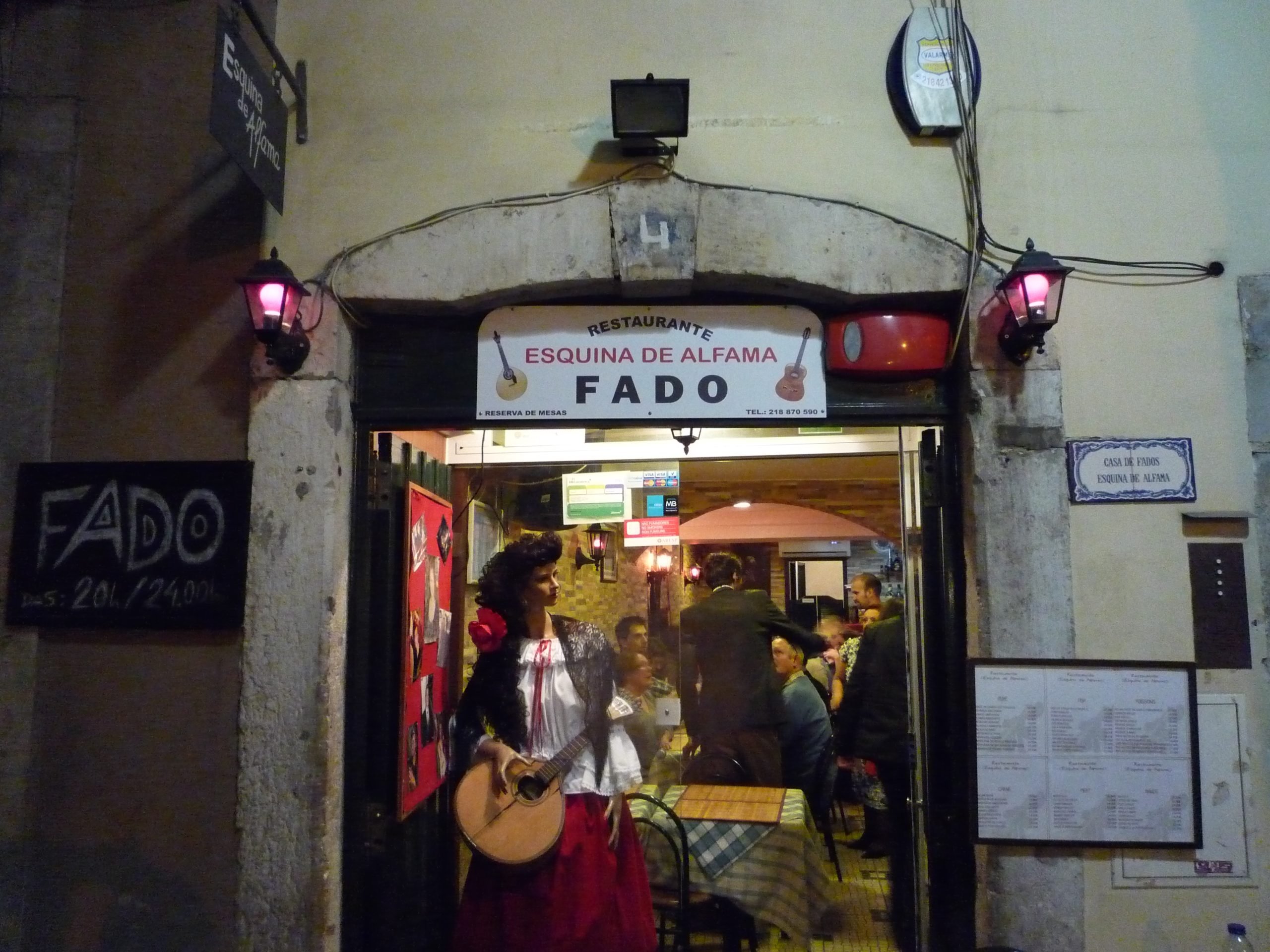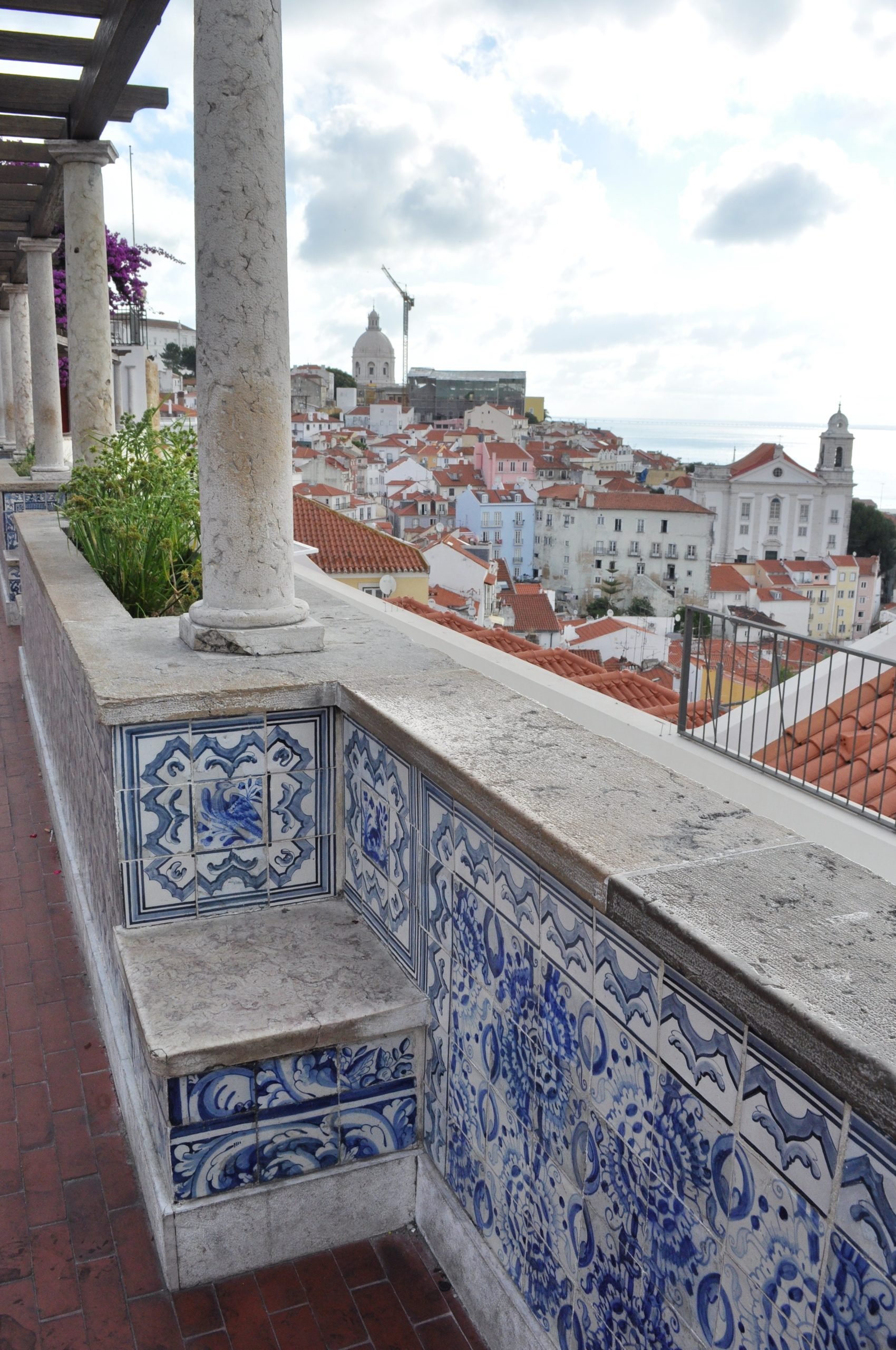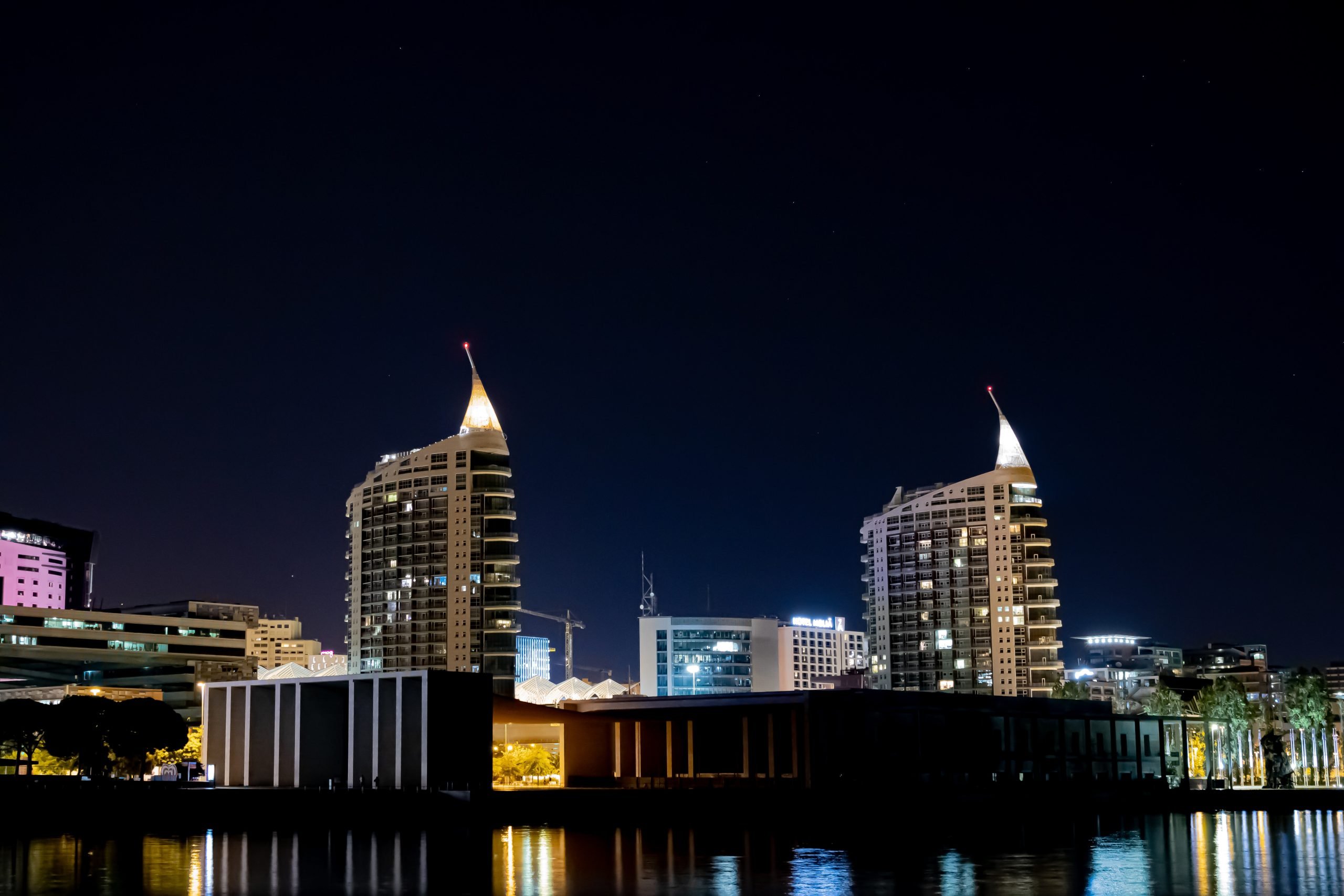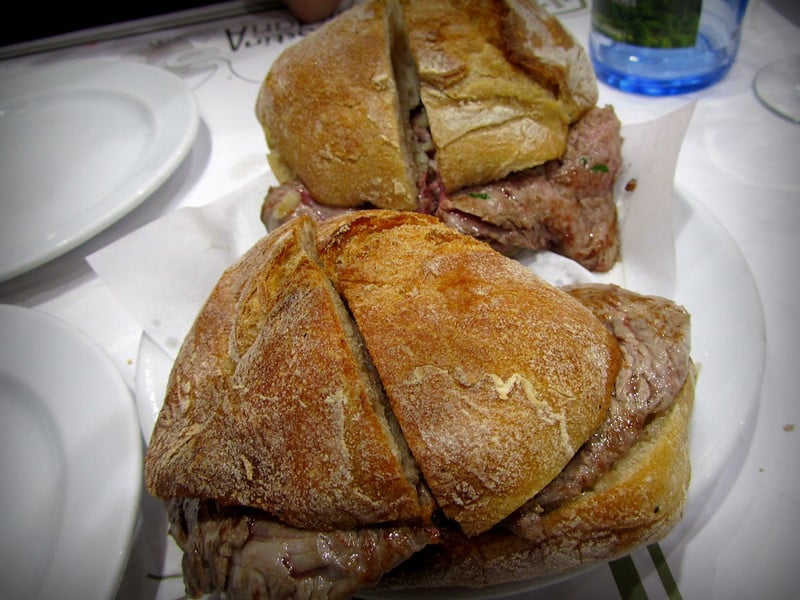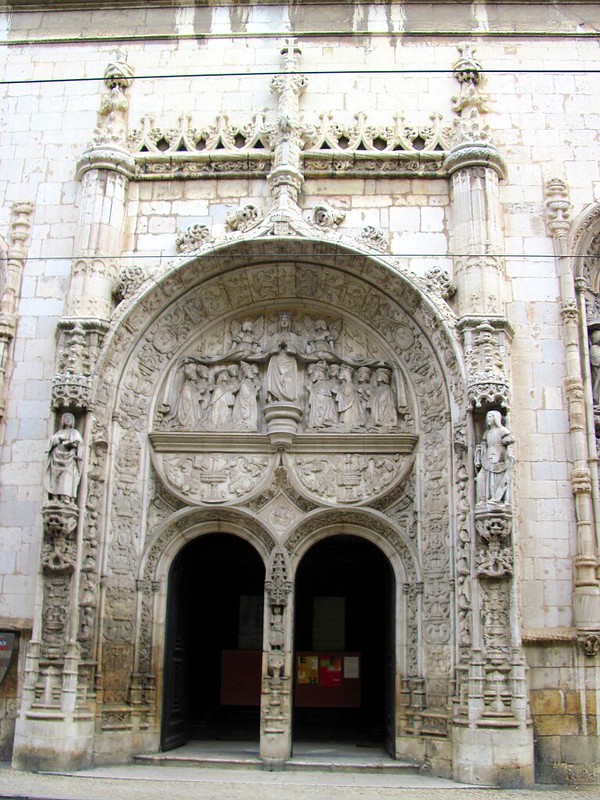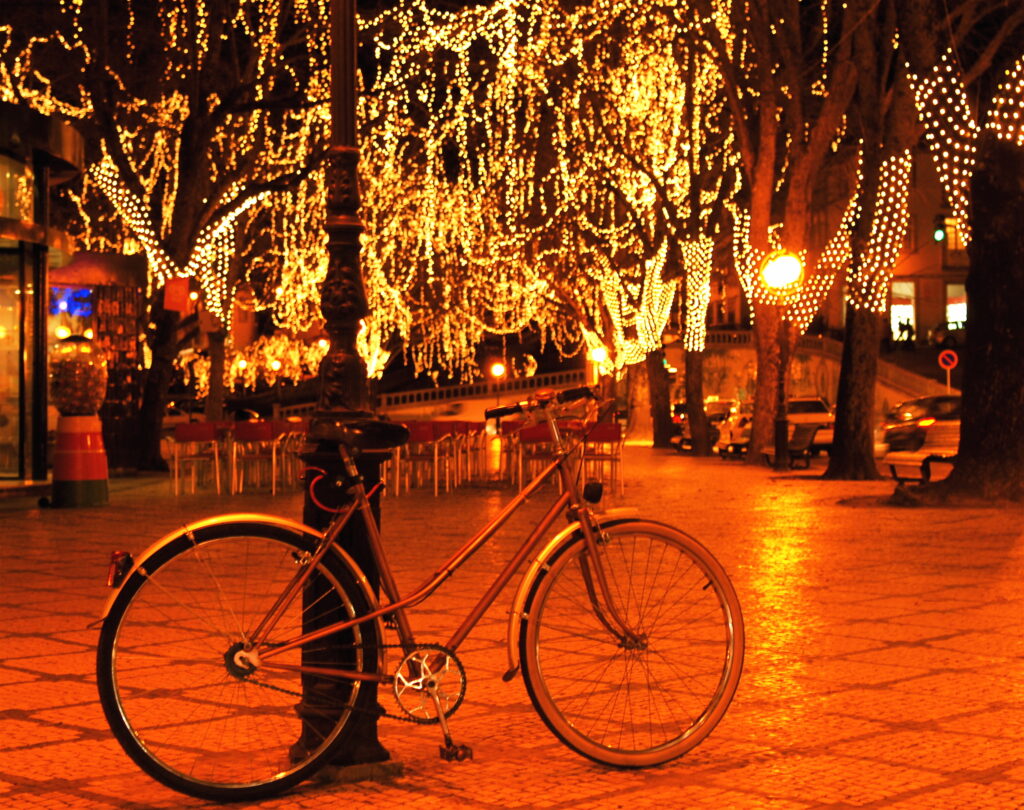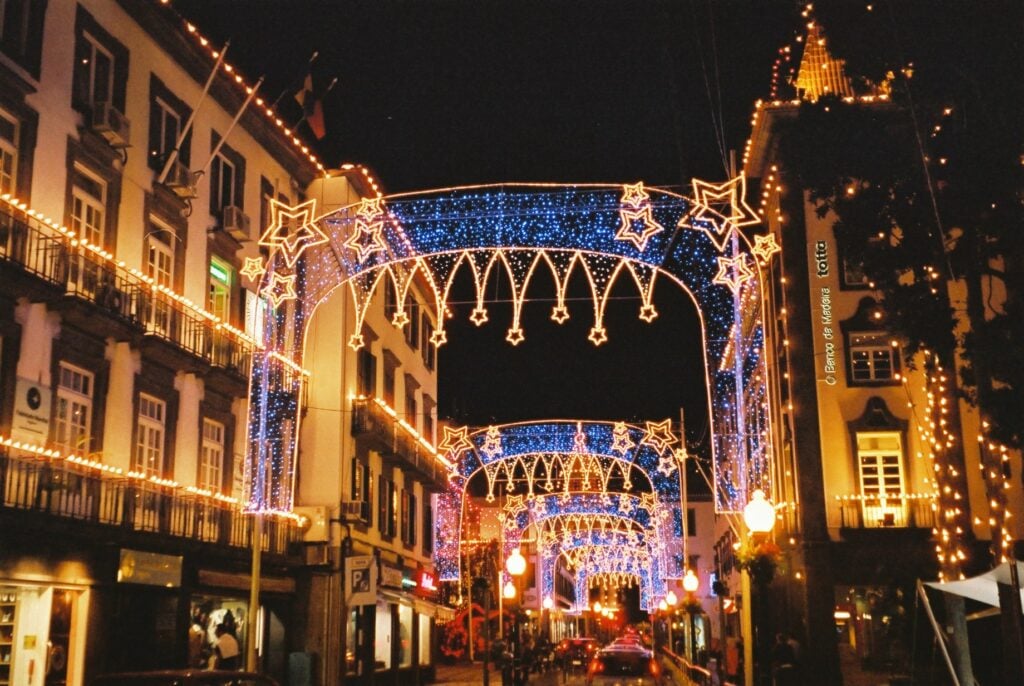Open any travel guides and you’ll see the same places mentioned when you look for cool day trips when you’re in Lisbon: Sintra, with its palaces and fairytale-like atmosphere; Cascais, the Portuguese Riviera; some will even suggest places like Óbidos, Fátima, or Évora. All of these places are, of course, well worth your visit. But there is one place that is often forgotten – Mafra.
Mafra is just 40 minutes away from Lisbon – just ten minutes more than Sintra and Cascais, and substantially less than Óbidos, for example. It’s a town that effectively grew around a man’s eccentricity and that became a playground for some kings. A place that offers anything a traveler could ask for: history, nature, discovery, and more importantly: the unexpected.
The “eccentricity” I speak of is, of course, the Palace-Convent of Mafra. It was built in the 18th century when Portugal was receiving substantial amounts of gold from Brazil, its colony at the time. King John V was very fond of beauty and wanted Portugal to have its own Versailles, so when his first daughter was born he ordered the construction of the building as he had vowed to his wife.
But Mafra is also home to a unique place in Portugal, which is actually an extension of its palace: the Tapada Nacional de Mafra. It was created following the construction of the palace, as a hunting and recreational park for the Portuguese royalty and the court. Today, it is one of the leading organizations in preservation in the country and it is open to visits.
Finally, one cannot speak of Mafra and not mention Ericeira, the surfing paradise just 10 minutes away; the picturesque Aldeia Típica de José Franco, also built by a man with a dream; or the quaint Aldeia da Mata Pequena, the perfect place to relax away from the crowds, surrounded by nature. So just pack a few snacks and join me as we explore Mafra!
Getting There
By Air
There isn’t much of a choice here: you’ll land at Lisbon’s airport and after that, you’ll need to either take public transportation or arrange for a private car.
By Train
From Lisbon, the easiest way to reach Mafra by train is to head to the Rossio station, located right in the heart of the capital. There, you can take the urban train headed to Sintra, but you’ll need to switch to the regional train at Mira Sintra-Melecas. From there, it’s a 15-minute ride to Mafra.
By Bus
The bus is by far the fastest way to reach Mafra by public transportation if you’re coming from Lisbon. You can just head to the Campo Grande bus terminal and take the 2740 headed to Ericeira. It’s a 50-minute ride.
By Car
From Lisbon, just head north along the A8 highway for around 20 minutes. Once you reach Malveira, switch over to the A21 and, after about 15 minutes, you’ll see the signs directing you to Mafra.
What to See/Do
Mafra is pretty well divided when it comes to sightseeing: if you love history, head over to the palace (it’s hard to miss since it dominates the landscape and the whole town is built around it). If you’re looking to have some time in nature, visit the Tapada. If you’re a surfer, Ericeira is the place to go. And if you want to avoid people, go to Aldeia Típica de José Franco or Aldeia da Mata Pequena.
Mafra National Palace
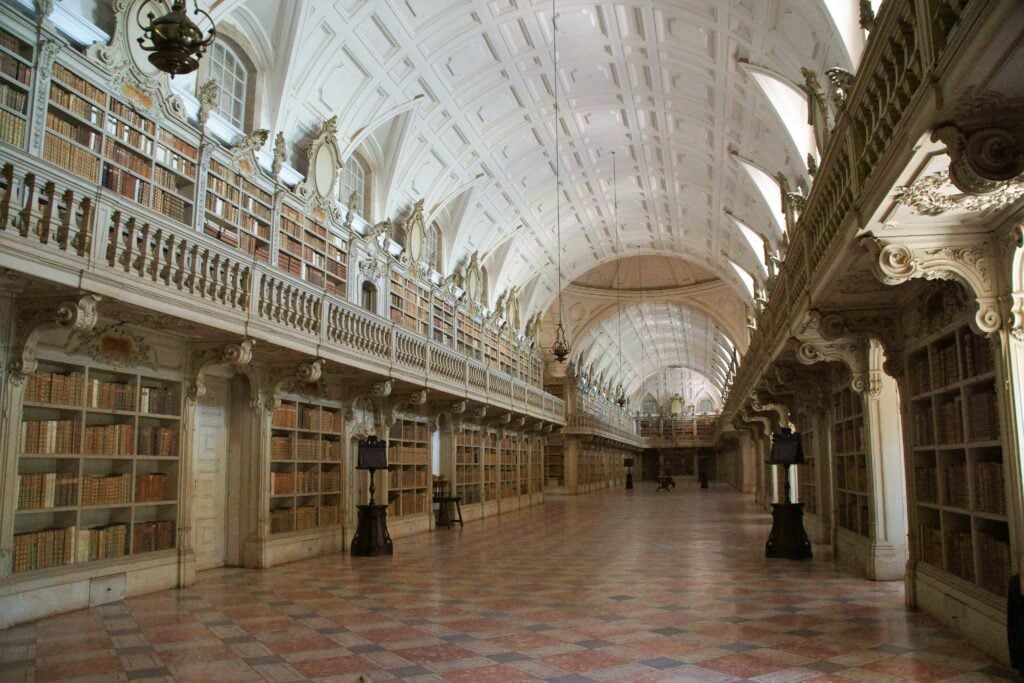
The magnitude and beauty of the National Palace of Mafra, with its remarkable architecture from the Baroque period, its materials, and its contents, make this monument one of the most exciting sites in Portugal to visit. And, speaking of sites, both the Palace and the Tapada are, since 2019, UNESCO World Heritage sites.
As mentioned before, the National Palace of Mafra was built by King João V with funds from gold from Brazil, under the direction of the military engineer João Frederico Ludovice in the first half of the 18th century, and later other members of the Royal family benefited from the Palace in sculpture and painting.
The main parts of the National Palace of Mafra are the Royal Palace, the Basilica, and the Convent. The building has 1200 rooms and among its most important features are its Italian and Portuguese painting collections, one of the most important libraries in Europe with over 40,000 books, two chimes with 102 bells, six organs (the only set in the world), and an 18th-century hospital.
Tapada Nacional de Mafra
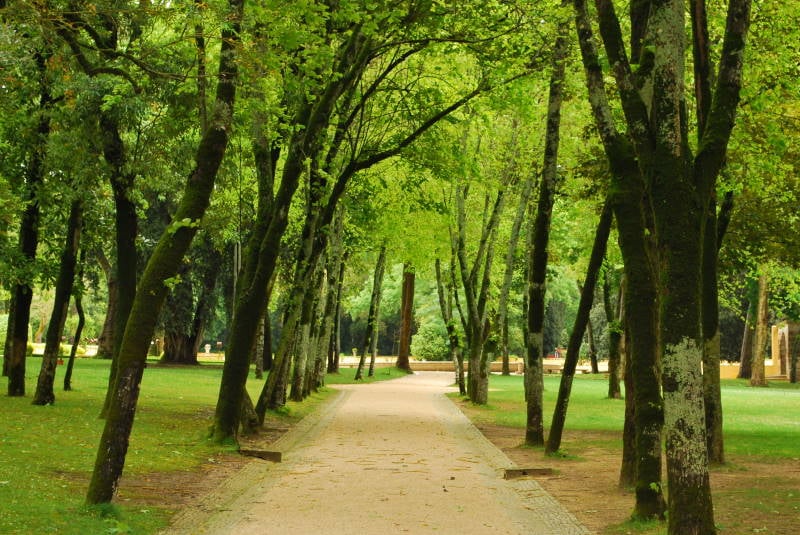
In 1747, the Tapada Nacional de Mafra became the place where royalty came to hunt. Nowadays, you’d be amazed at the scope of this place and its enchanted forest. It’s huge and, as a result, the wall that surrounds it is easy to lose sight of – about 21 km long. And it’s from the top – after a good hike – that one can best get a sense of its size.
The first royal hunts in the then Tapada Real were recorded in October 1750, by King José, and from then on, the royal family would come again and again, with particular interest from King Luís and King Carlos and his wife, Queen Amélia. Those were the golden days of the Tapada Real de Mafra.
Today, the over 800 hectares of the Tapada are home to deer, boars, eagles, foxes, and badgers, among hundreds of other species. The fauna found here is also unique and some of the trees there are centuries old.
Ericeira

It’s no coincidence that the American organization Save The Waves Coalition has classified Ericeira as a World Surfing Reserve. The beaches make Ericeira famous, but this fishing village has much more to discover. The best starting point for any stroll is Praça da República, known to all as Largo do Jogo da Bola, where tourists and locals gather to relax on a terrace, shop in the stores, or visit the Ericeira World Surfing Reserve Interpretation Center.
A stone’s throw away is the beautiful building of the Jaime Lobo e Silva House of Culture, formerly the Ericeira Casino. In the surrounding area, it’s worth visiting Praia dos Pescadores, Santa Marta Park, right on the seafront, the numerous churches scattered around the town and, of course, its restaurants, which specialize in seafood and fresh fish.
Aldeia Típica de José Franco
At first glance, this village looks like any other. It has a castle, white houses with blue stripes, a mill and workshops. But it’s actually a recreation of a typical Portuguese village, built in the 1960s.
As a tribute to his land and his memories, the potter José Franco has reconstructed everything that characterizes a village, but on a smaller scale. It’s a curious and authentic space that will delight kids and adults alike in the Mafra and Ericeira areas.
There is no public transportation to reach the village, so you’ll need a car.
Aldeia da Mata Pequena
It’s a typical “saloia” village where you can stay overnight if you wish. Recovered for tourism, it is made up of a dozen little houses, all different, where you can relax and enjoy the tranquillity of the region. It also has a small farm with animals that the kids love.
If you’re there during summer, make sure to hike to the nearby Mourão Waterfall for a swim are to the Penedo do Lexim, a really cool rocky formation.
Where to Eat
Beija-me
Exceptional cuisine, with high-quality ingredients and expertly prepared, the filet mignon is incredibly wonderful and the fresh meats are the specialty. The personalized and very attentive service makes a meal at Beija-me a unique experience.
Restaurante Escondidinho
This restaurant is perfect if you decide to explore Mafra a bit further beyond the palace. It’s not located in the overcrowded main square area, and it serves food with the locals – not tourists – in mind. Its meals are a great fusion between modern cuisine and Portugal’s typical dishes.
Mar à Vista
It comes as no surprise that a restaurant in Ericeira will be specialized in fish and seafood. And, boy, have they perfected their menu. From the crab to the shrimp and the lobster, this restaurant and its unique location are “the” place to go after a surfing session.
When to Visit
Mafra has a Mediterranean climate. Summers are hot and dry and winters are mild. For this reason, the best time to go to Mafra in Portugal is from April to October. During this period, you’ll enjoy pleasant temperatures and almost no rainfall.
Final Thoughts
So, what do you say? Was I able to convince you? Back in the day, when I was in college in Lisbon, I used to go for a trek in the Tapada every other weekend. It’s the perfect place to clear your mind away from the crowds, get yourself surrounded by nature, and go for a mild trek to collect your thoughts. And the nearby villages are some of my personal favorites around Lisbon.
The best thing about Mafra is that it’s just 10 minutes further from the capital than Sintra and Cascais, which filters out a lot of the tourism, but it’s still close enough that it’s still a convenient and much cheaper option for headquarters during a trip around Lisbon, so do take it into account when you’re booking your accommodation.
Now all you need to do is to pack your hiking boots and your surfing board!



